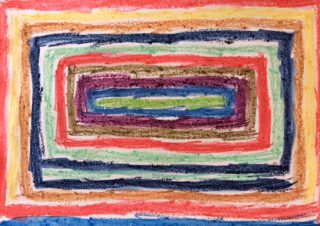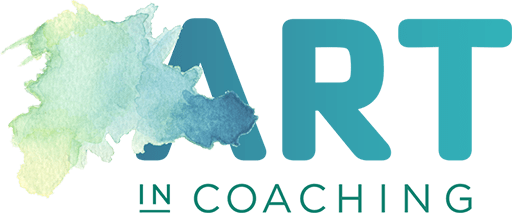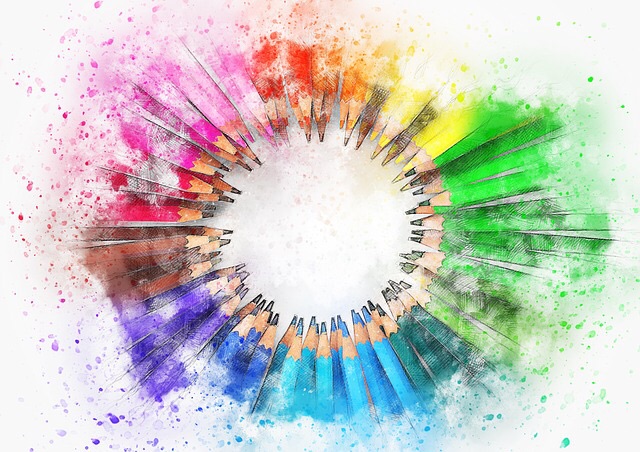I spend a lot of time talking to coaches to find out how art is used in coaching today and have discovered that that a lot of coaches use art in their practice although may not recognise it as such. When we talk, they share with me amazing outcomes that happen when using art based approaches and are surprised how deep the conversation goes and how meaningful and lasting the outcomes are.
However, how we use it and what we do is very varied and some coaches don’t use it all. In the main coaches use creativity and art as part of something else, for example, drawing out the arrows in Lewin’s Force Field Analysis. They may take it further asking, for example, their coachees to do some mind mapping or plan out their team structure. A few feel confident with free image making and are happy asking their coachees to ‘draw it!’ the ‘it’ being the issue trying to be explained.
Those who use art use it in 1 to 1, group and team work although most feel more comfortable using it in group and team sessions as it feels like a more natural and safe place to ‘play’. It is also more traditional to use different and creative approaches when working with teams and groups. Coach supervisors also use art with their supervisees, both in 1 to 1 and group work. Here supervisors feel very comfortable using alternative approaches with other coaches as coaches are used to working differently, and are open to exploring new ways of exploring their issues and conundrums. However, far fewer coaches use it in 1:1 executive or business coaching sessions.
The extent to which we use art depends on our own confidence, experience and knowledge of using it. It also depends on how we feel this type of approach would be received by our coachees and sometimes the paying organisational client. Coaches often talk about fearing that a more creative approach will be frowned upon and not seen as appropriate or professional!
Also, how we use and explore visual image making in a coaching session will vary from coach to coach depending on our understanding and experience in
this area. The more we understand about the process of image making, the neuroscience and research
behind these approaches, the more we can build connections between our client and their images,
unlocking the hidden and surfacing the core issues that are important for our clients success.
Coaches who are artistic, or have art therapy backgrounds may use art more regularly and in deeper ways. Not all of us will have this sort of background and may not have learnt how to work with image making. If you haven’t you could be missing a wonderful opportunity for creating richer, more meaningful and potentially transformative conversations with your clients.
For the future I can see that creative approaches, working with the right brain and enabling our clients to work in more holistic and transformational ways will become more central to what we do, and what will be expected of us to deliver.


